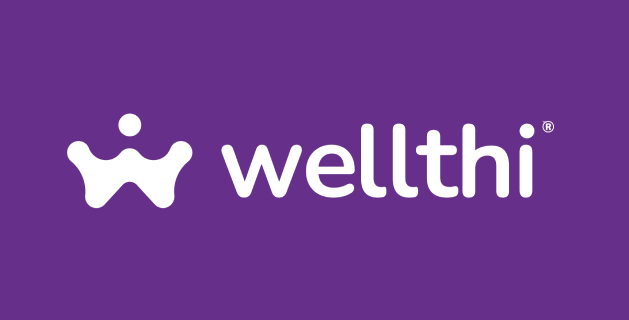The future of banking for the under-50 demographic is all about personalization, community, and social finance. These trends are shaping how financial institutions acquire and retain customers, particularly in a world where digital banking is no longer a nice-to-have but a must-have. This is transforming the banking industry, driving a digital-first mindset from millennials and Gen Z.
It was found through a Wellthi case-study that “Baby Boomers are expected to transfer over $68 trillion in wealth to women and their millennial/GenZ children in the next several years.” Money must be managed securely and confidentially. Here is what you need to know:

1. Social Finance: The Power of Community
Social finance is becoming a game changer in the way millennials and Gen Z approach money management. This model taps into the human desire for community-driven experiences, allowing users to collaborate with friends, family, and peers to achieve financial goals. Platforms like Wellthi embed social elements directly into mobile banking apps, helping users set, track, and manage financial goals as a group.
Why does this matter for banks? The ability to foster community engagement in banking apps not only drives customer acquisition but also boosts retention by creating a sense of shared responsibility and support. It’s no longer just about offering a checking account; it’s about offering a financial experience that makes users feel connected to something larger than themselves.
2. Gamification of Savings Goals
Gone are the days when traditional savings accounts were enough to keep users engaged. Today’s customers want more interactive experiences, and gamification delivers just that. Financial institutions are incorporating gaming elements—such as rewards, challenges, and progress tracking—into savings tools.
For millennials and Gen Z, who are known to be motivated by instant gratification and digital rewards, gamification provides the incentive to stay engaged. For financial institutions, it’s a powerful way to keep users invested in their goals while generating low-cost deposits.
3. Hyper-Personalization Through AI
Personalization isn’t new, but artificial intelligence is taking it to the next level. In 2024, we’re seeing hyper-personalized banking experiences that cater to individual financial habits, preferences, and needs. Through AI and data analytics, banks can offer tailored financial advice, recommend products, and deliver targeted content that resonates with younger generations.
This trend is particularly important for customer acquisition and retention. Millennials and Gen Z are less loyal to financial brands than previous generations, but they are highly responsive to personalized experiences that make their financial lives easier. By delivering content that is relevant and timely, banks can improve customer satisfaction and strengthen long-term relationships.
4. Digital Wallets and Cashless Payments
Digital wallets and mobile payment solutions are rapidly becoming the norm for the under-50 crowd. With platforms like Apple Pay, Google Pay, and Wellthi’s digital wallet, consumers are increasingly moving away from cash and traditional debit or credit cards. The seamless nature of these services—combined with the security features they offer—makes them appealing to a generation that values convenience and safety.
For banks, integrating these services into their own platforms is critical. Digital wallets not only enhance the user experience but also provide banks with valuable data on consumer spending patterns, helping them refine their customer acquisition strategies and offer personalized services.
5. Financial Literacy and Empowerment Tools
Millennials and Gen Z are demanding more than just transactional services—they want financial education that empowers them to make smarter decisions. Financial literacy tools, such as those provided through Wellthi’s virtual advisor module, are becoming essential components of modern banking apps. These tools offer bite-sized, actionable advice, helping users understand how to manage debt, invest, and build wealth.
The impact? Educated customers are more likely to stay loyal to a financial institution that helps them grow their financial acumen. By offering these tools, banks position themselves as trusted partners in their customers’ financial journeys, increasing retention rates in the process.
6. Banking on Social Platforms
With over 80% of millennials and Gen Z turning to social platforms for financial advice, it’s clear that the future of banking needs to meet customers where they are. Social media and influencer partnerships are proving to be powerful tools for financial institutions to engage with younger demographics. These platforms offer an organic way to deliver financial education and products in a format that resonates with today’s digital-native users.

Moreover, financial institutions are embedding social sharing features within their own apps. By allowing users to share financial milestones and accomplishments, banks can create viral growth opportunities that drive customer acquisition through peer influence.
As we move deeper into 2024, financial institutions must focus on more than just offering basic banking services—they need to build community-driven, personalized experiences that resonate with millennials and Gen Z. Social finance, gamification, digital wallets, and financial literacy tools are all essential pieces of the puzzle when it comes to acquiring and retaining customers in this tech-savvy demographic.
The banks that adapt to these trends will not only capture the attention of the under-50 market but also position themselves at the forefront of the $68 trillion wealth transfer that is set to take place in the coming years.





